Description
Jill Darling
ISBN 978-1-935084-55-6
100 pages: $16.00
June, 2016
Through reflective meditation and energetic word-play, a geography of syntax takes readers on a journey through landscape, contemporary culture, and language. The tour wanders among topographies of current events, memory, art, and loss among others, and points to ways meaning and understanding of phenomena in the world are constructed through, and altered by, language. The vivid description, color, and imagistic detail combine to create imaginative worlds, spaces within yet on the edge of the everyday, while showing the difficulty of articulating aspects of life that we struggle to even comprehend.
Praise for Jill Darling and a geography of syntax
Jill Darling’s a geography of syntax intimately maps the wayward intersections of language, emotion, and complicity, reminding us, dependent on a “language designed to inform,” “We swallow/ and breathe/ an intricate hazard.” Polymorphous and ubiquitous, this hazard lies at the heart of Darling’s geometry. Contending against the “fantasy notes of casino bliss”, the poet unsettles excuse, easy ignorance, propaganda and manipulation: “the point is to add words / sprinkle them across divisions” — “that is to say, I can rearrange you at my own discretion.” Poet’s work uncomfortably proximal to the politician’s and marketer’s. Yet counter to the facile dissimulation language affords–”we are the dismissal of our own cruelest / (clearest) actions”–Darling simultaneously draws out language’s intrinsic delight. Even cut up, scissored open: “the shining moments, a blanket / or blue flower fabric, / with a zipper.” Syntactical landscape, “meaning / carried shining like / nickels,” a geography of syntax charts language’s freight: record of seasons, hurts, arguments, and instructions–“stories without verbs”–memory’s trace. In this atlas of loss and desire, Jill Darling asks, what sentence is ever enough?
—Marthe Reed, author of Nights Reading :: Burton’s Thousand and One ::
In A Geography of Syntax Jill Darling insists on a symbiotic relationship between the human and non-human (and thus, crosses out the concept of “nature’) even as these points cannot foreclose the countervailing forces of industrialism, urbanity, and, in general, human culture. Thus these poems cannot help but mount their own hybridity, yoking together the cognitive (syntax) and affective (flavored). Yes, this is Romantic synaethesia, but the tools of the trade–simile (“these lines/ like flags of improvisation/ wrapped, in a record, surroundings/ resonating like a gift,”), metaphor (“photo reproductions, collage, behind glass/ contained by wooden parameters, who else can speak this,/ with or without the protection of glass”), metonym (“Particulates/ of a symphony (the one repeated/repeatable refrain)”), synecdoche (“In a space of salt and fog/ violet: a circuit relays individual blades”) and even pun (“The hysterical moment captures”)–are expertly handled. And also, importantly, mishandled in homage to “a silent glow// beyond// traffic and weather, the seasonal reproduction of/ synthetic stress.”
–Tyrone Williams, author of Howell, The Hero Project of the Century, On Spec, c.c.
A delicacy of movement takes flight in the language, the voice and body of the poet…. Strikingly soft in a century replete with sharp angles, a geography of syntax flirts coquettishly with its readers, weaving in and out of fragments, split lines, ellipses, forms and tones that shift and turn. Things seem afloat, in the air, suspended–until the poems suddenly become grounded in a world of immediate perceptions–colors and objects, the tactile and the seen…. Darling calls on us to “Participate/ in the theoretical process/ of forgetting” in poems where an “image reflected” is “present and past a single moment.” It is the end time, moving through us, around us, indifferent and yet essential to our state of being, that defines this collection….
–Jennifer K. Dick, author of Circuits

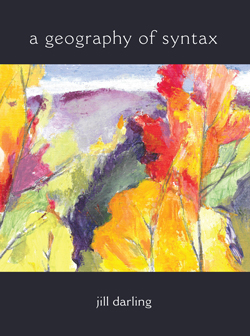
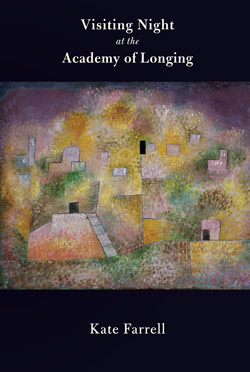
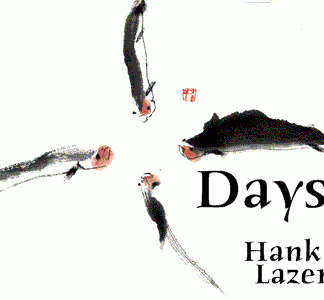
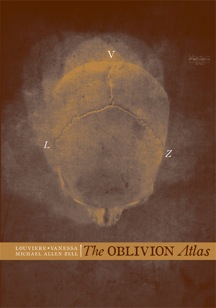
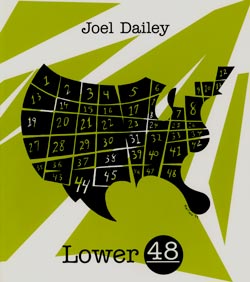

Reviews
There are no reviews yet.